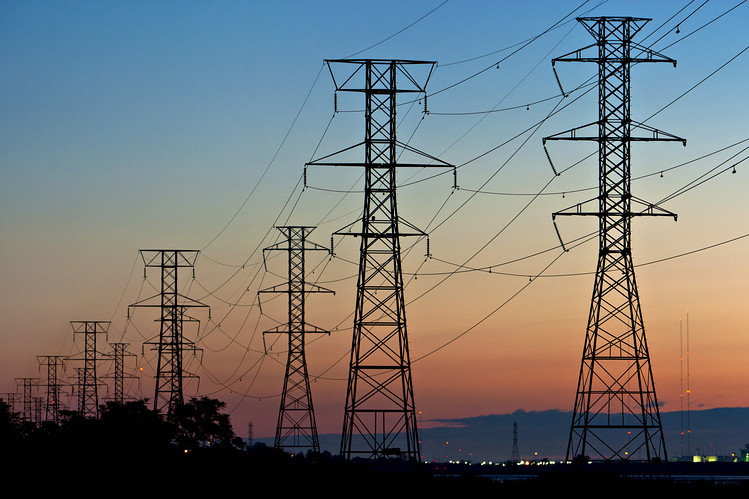Observers worried that “nuclear chain reaction” could still occur at Fukushima… cleanup could take 100 years or more
05/05/2017 / By Jayson Veley

On March 11, 2011, terror struck northeastern Japan in the form of a massive magnitude-9 earthquake, which in turn unleashed a devastating tsunami that wiped out virtually everything in the city of Sukuiso. The effects of the earthquake were felt around the entire world, and even years later, the people of Japan were still finding debris washing up on shore. According to the Japanese government, the total damage caused by the earthquake cost the country an astonishing 25 trillion yen, the equivalent of roughly 300 billion U.S. dollars.
A few years later, it was discovered that radioactive water was being leaked from the Fukushima power plant, which experienced a level 7 nuclear meltdown following the tsunami. According to Japan’s Reconstruction Agency, as of 2015, 230,000 people whose homes were destroyed in 2011 were still living in temporary housing. Also as of 2015, according to Japan’s National Police Agency, a total of 15,891 people were confirmed dead.
But perhaps one of the most devastating long-term consequences of the earthquake and the tsunami that followed was, and continues to be, the cooling system failure at the Fukushima Nuclear Power Plant. Even two years after the event, the Tokyo Electric Power Company admitted that an astonishing 300 tons of radioactive water was flowing into the Pacific Ocean every single day. “Fukushima was created by the tsunami. The earthquake was not a factor,” explained Vasily Titov, director of the National Atmospheric and Oceanic Administration’s Center for Tsunami Research, based in Seattle, Washington. “Fukushima was designed for a tsunami smaller than the one we saw.” (RELATED: Read about the brutally honest way this nuclear engineer describes Fukushima).
Incredibly, small amounts of radioactive chemicals have even been discovered along the western coasts of the United States and Canada. In 2014 and 2015, trace amounts of Cesium-134 and Cesium-137 were collected from the ocean.
But even after all of this, Japan’s problems may still be far from over. Neil Hyatt, a professor of nuclear materials chemistry, claims that the cleanup process at Fukushima could take generations. “Somewhere between 40 and 100 years for the Fukushima cleanup and complete decommissioning is probably a reasonable estimate,” he predicts during an interview with TRT World, a government funded public broadcaster of Turkey. Hyatt goes on to say, “So right now work is proceeding to target and to plan, and they have an ambitious goal to retrieve some of the core material by 2020. They have a lot of different approaches to doing that.” (RELATED: Read about the unimaginable levels of radiation detected at Fukushima)
“One concern is there could be a resumption of the nuclear chain reaction and there are systems in place that would allow us to detect that,” Professor Hyatt added.
While the threat of a nuclear chain reaction is certainly legitimate, Tokyo Electric is still working tirelessly to reach the cores of the nuclear reactors. The problem they are having, however, is getting past a lethal wave of radiation that has the ability to kill a human in less than one minute. In order to get around this, Tokyo Electric pumps 400 tons of water nonstop each day through the reactors in order to cool melted fuel that is too radioactive to move. The water passes through into storage tanks, which Tokyo Electric has to continuously build as the amount of stored water accumulates. Currently, a total of 1,000 tanks hold a total of 920,000 tons of contaminated water. A new problem may soon be appearing over the horizon, however, as the workers are quickly running out of room to build new storage tanks.
It’s clear that the Japanese certainly have their hands full, and it is unfortunate that they may be forced to continue the cleanup process over the course of the next century. Our thoughts and our prayers are with all of them. Stay informed about radiation effects at Radiation.news.
Sources
Tagged Under: 2011Fukushimadisaster, earthquake, Fukushima, Japan, natural disaster, tsunami
RECENT NEWS & ARTICLES
COPYRIGHT © 2017 POWER NEWS




















